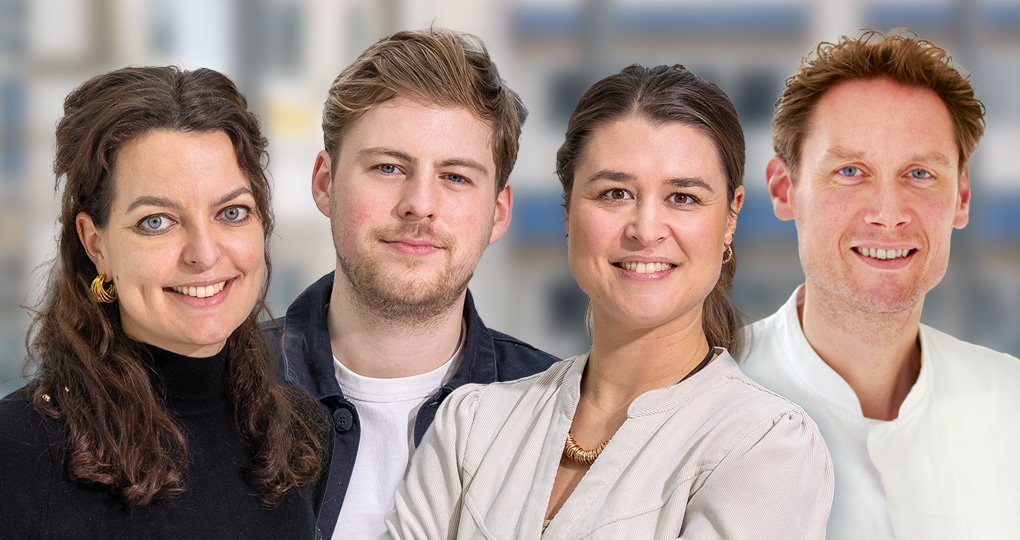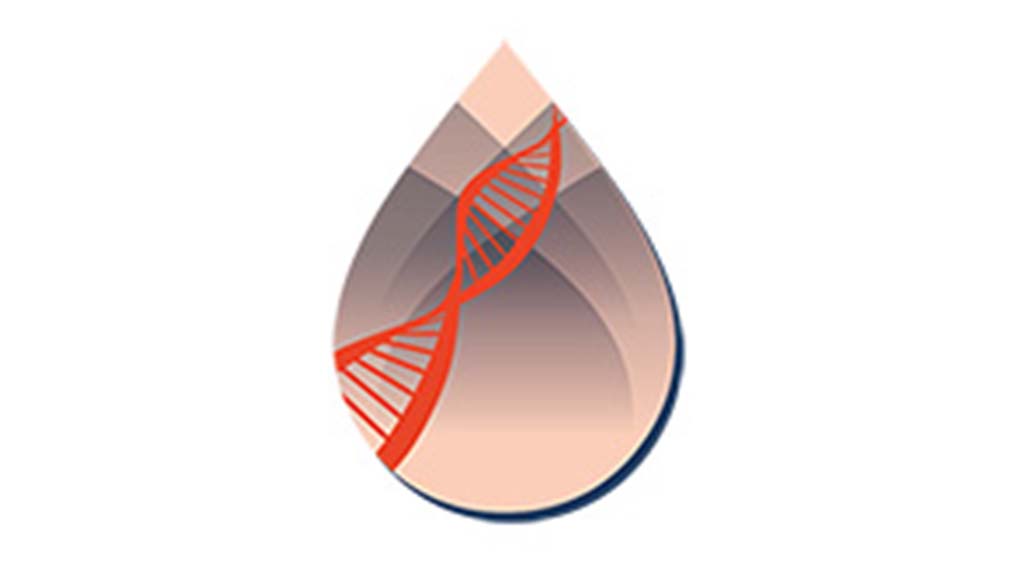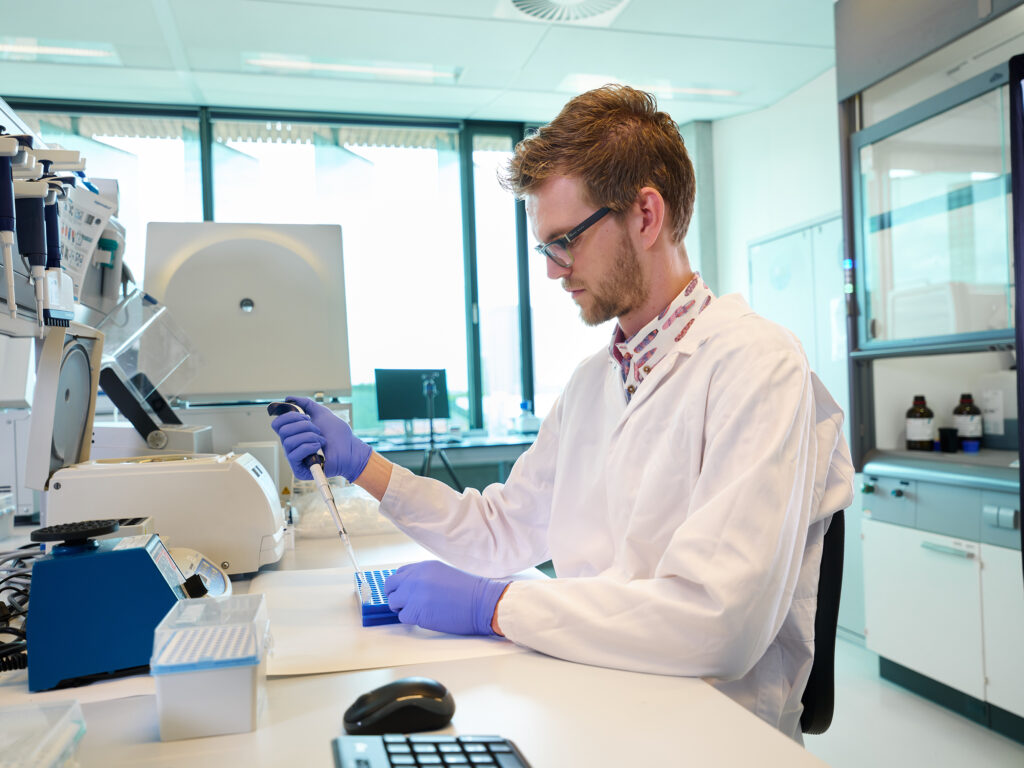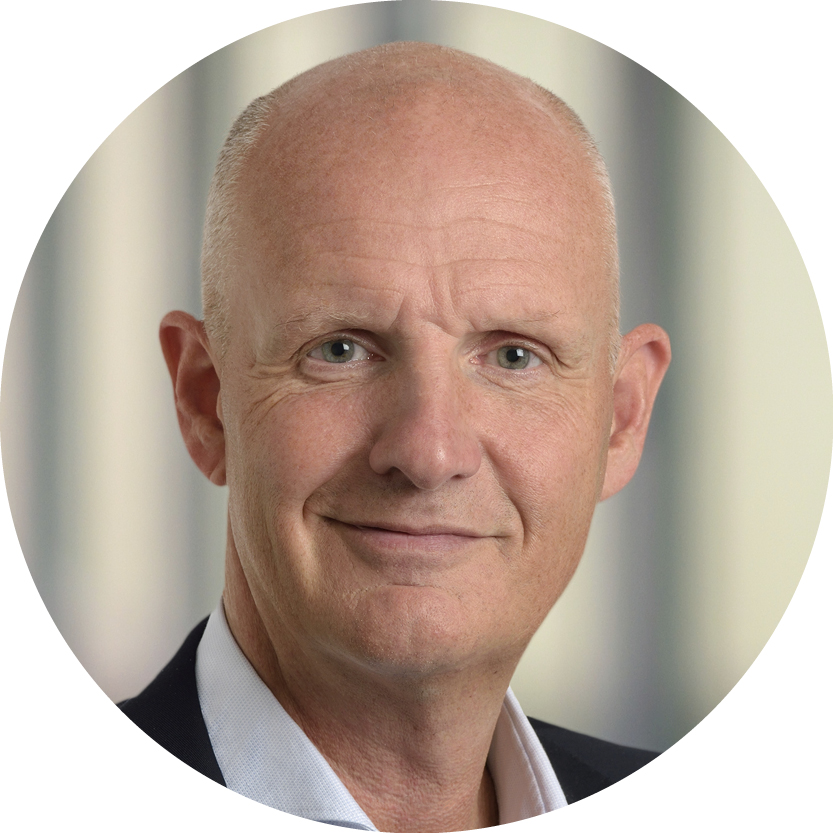Automatically the right trial and treatment with ACTIN: A new step in cancer care

Imagine you have a patient with cancer sitting across from you: can’t be cured, but he is determined to try everything. You consider an early-phase clinical trial and begin sifting through a long list of inclusion and exclusion criteria. But what if selecting an appropriate study based on clinical, tumor, and genomic characteristics could be done automatically? And imagine you see a patient with a new cancer diagnosis next. What if, for this patient and based on those same characteristics, it could also be determined automatically which standard treatment is most appropriate and which clinical trial options are available? This may sound like something from the distant future, but with ACTIN, this approach is closer than you think, say medical oncologist and principal investigator Debbie Robbrecht, MD, PhD, nurse practitioner and PhD candidate Andrea van Puffelen, MSc, PhD candidate Jesse Wolters, MSc, (all from Erasmus MC in Rotterdam), and pulmonologist Joop de Langen, MD, PhD, (Antoni van Leeuwenhoek in Amsterdam).
Photo: Andrea van Puffelen, Jesse Wolters, Debbie Robbrecht, Joop de Langen
Bianca Hagenaars, MSc, science journalist
The development of the Algorithmic Cancer Treatment Initiative (ACTIN) began several years ago with ACTIN 1.0. Andrea van Puffelen explains the motivation behind the initiative: “To determine whether patients with metastatic solid tumors are eligible for clinical trials, physicians must check numerous factors and variables. And each study has unique inclusion and exclusion criteria – on average about fifty. So, in practice, physicians often screen in broad terms whether a patient is eligible. If that looks promising, the remaining criteria are then reviewed. This process takes time – time many cancer patients do not have. This led to the idea of linking patient data from medical records to clinical trials using an algorithm: ACTIN 1.0.”
Andrea van Puffelen
“The treating oncologist receives a report with an overview of the identified mutations, as well as a list of potential trials the patient may participate in. The report also lists trials the patient does not qualify for, along with the reasons why. This spares patients from unnecessary screening.”
Overview of studies
The algorithm, developed by Hartwig Medical Foundation, is fed with clinical characteristics, tumor features, and genomic information (obtained through whole genome sequencing or another broad panel), as well as the inclusion and exclusion criteria of clinical trials. Van Puffelen: “The treating oncologist receives a report with an overview of the identified mutations, as well as a list of potential trials the patient may participate in. The report also lists trials the patient does not qualify for, along with the reasons why. This spares patients from unnecessary screening.” ACTIN 1.0 is currently running as a research project at Erasmus MC for all tumor types and at Antoni van Leeuwenhoek for lung cancer.
The algorithm, developed by Hartwig Medical Foundation, is fed with clinical characteristics, tumor features, and genomic information , as well as the inclusion and exclusion criteria of clinical trials.
Accurate study matching
“At Antoni van Leeuwenhoek, we have many ongoing trials related to lung cancer, usually about thirty, for different mutations,” says Joop de Langen. “When discussing patients in the molecular tumor board, we do not always have all these trials top of mind. ACTIN really helps in this regard. And it does not just look at mutations for eligibility. Factors like kidney and liver function, previous treatments, measurable disease or not, et cetera, are also included in the algorithm. This gives us very accurate study matching.”
Ideally for every patient
The algorithm is already working very well, according to those involved. De Langen: “A small part of the information still must be entered manually, but that is minimal. Ideally, this will become available for every patient in the future.”
To make this possible, a significant step has already been taken for lung cancer trials. Not only can patients with lung cancer be matched to studies ongoing at Erasmus MC or Antoni van Leeuwenhoek, but a link has also been made between ACTIN and the study platform longkankeronderzoek.nl. Any hospital can submit its lung cancer trials here, allowing ACTIN to match patients to appropriate studies nationwide, regardless of where the trial is being conducted. Every patient is entitled to an ACTIN report prior to the start of first-line or subsequent treatment. The options for treatment within and outside trial settings can then be discussed by the treating specialist with the patient to make the best choice.
De Langen: “My ideal is that it should not matter which hospital a patient visits – they should receive the same care and access to the same studies everywhere.” Robbrecht adds: “We have a similar ideal for standard treatments offered to patients. We want to be able to offer every patient the best standard of care. That is why we continued developing ACTIN for personalized treatment, known as ACTIN 2.0. Whereas ACTIN 1.0 focused on building the algorithm and automating the process, we are now further developing and extending the algorithm for patients with a new cancer diagnosis. ACTIN 2.0 will initially focus on colorectal cancer and non-small cell lung cancer.”
Joop de Langen
“My ideal is that it should not matter which hospital a patient visits – they should receive the same care and access to the same studies everywhere.”
ACTIN 2.0
Whereas Van Puffelen’s PhD focuses mainly on ACTIN 1.0, Jesse Wolters’ doctoral research centers on ACTIN 2.0. He says: “The main question behind ACTIN 2.0 is: can we, based on data and treatment outcomes from a large number of previous patients, predict the treatment outcome for a new patient?” To answer this, three major steps need to be taken. Wolters: “Step one is analyzing data from previous patients and building a large database. What data do we actually have at our disposal? For this, we use data from the Dutch Cancer Registry, as well as from randomized controlled trials, and we investigate whether we can extract information from electronic health records (EHRs). That leads to step two: can we automatically extract a new patient’s data from the EHR and match it to our database? In the third step we want to identify, based on the database consisting of previous patients, which characteristics are relevant for determining the best standard treatment for a new patient and what benefits that treatment might offer. The medical oncologist and patient can then consider whether, with this expected treatment benefit, the treatment is worth trying.”
Jesse Wolters
“The main question behind ACTIN 2.0 is: can we, based on data and treatment outcomes from a large number of previous patients, predict the treatment outcome for a new patient?”
Major challenges
Work is currently underway to build the algorithm for ACTIN 2.0. “We are approaching this from two angles,” says Wolters. “On one hand, Hartwig Medical Foundation is investigating which characteristics are needed to answer our main question. On the other, I’m focusing on how to automatically extract information from EHRs – starting with free text. This needs to be pseudonymized and converted from text that we as humans can read into data the algorithm can use.”
These two key points are also the two biggest challenges Robbrecht adds. “We must safeguard patient privacy and strive for an automated system with minimal manual input. By focusing on efficiency and user-friendliness right from the start, we want to ensure that future clinical implementation will go smoothly – and avoid building a brilliant system that no one ends up using.”
Dot on horizon
It will therefore take some time before the ACTIN algorithm becomes standard practice. The goal, however, is to roll out ACTIN 2.0 nationally and for more tumor types. Robbrecht: “If ACTIN proves effective in identifying the best treatment for our patients, it will be a powerful support tool in the consultation room. It could lead to more personalized and effective treatments and better outcomes for cancer patients. That is our dot on the horizon.”
This interview was originally posted on Oncologie.nu.
You read an article in the category Personalized treatment. You may also be interested in Algorithms, End of Treatment, Hartwig Medical Foundation, Learning healthcare system, Molecular diagnostics, OncoAct, Participating hospitals, Research or Whole genome sequencing.All news
Also read

GLOW Study Ends – But WGS Remains Valuable for Glioblastoma Patients
As of October 1, 2025, the GLOW study will officially come to an end. Interim analysis has shown growing enthusiasm …

New cancer treatment options created by full DNA-analysis
Nature publication reports study by Netherlands Center for Personalized Cancer Treatment showing benefits for targeted treatments outside registered indications 2 …

Dutch Healthcare Institute approves reimbursement of whole genome sequencing (WGS) for targeted cancer treatment
The Dutch National Health Care Institute (Zorginstituut Nederland, ZiNL) has approved the reimbursement of whole genome sequencing (WGS) through the …

More and more cancer drugs are only suitable for a small group of patients. However, we are often not capable to find these patients. That is why every patient with metastatic cancer should be genetically screened before starting treatment.